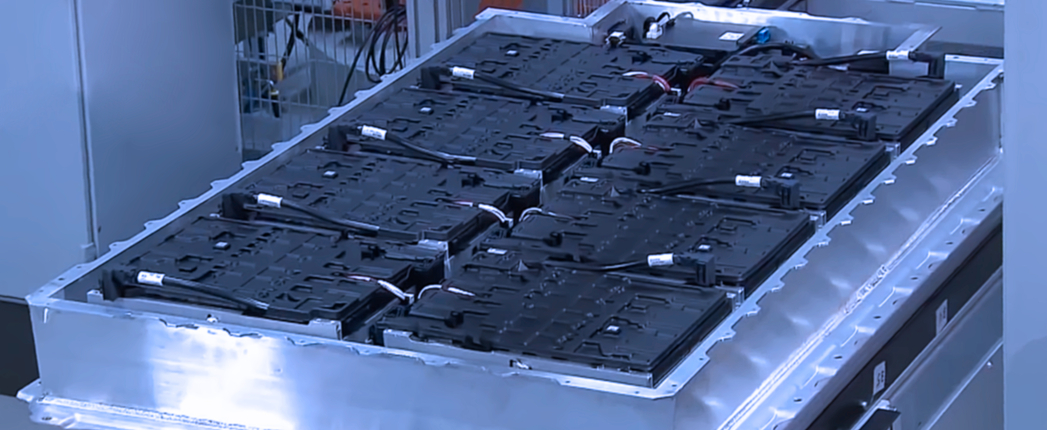
Some analysts say that electric vehicles will trend toward batteries that generate higher levels of heat and therefore that the industry will shift to more effective cooling technologies. An ester supplier told a recent industry event that esters are well-suited to serve as base stocks in the coolants used in such systems.
Thermal management is considered a key requirement for the safe and smoother operation of batteries that power EVs.
Two main technologies in use today. Indirect cooling circulates coolant through pipes or cold plates attached to batteries, while immersion cooling submerges batteries in a liquid. Indirect cooling is a standard market technology employed on most existing EVs, but immersion systems are now being researched and developed and are used in some pilot units or in luxury hyper cars, according to OQ Chemicals Gmbh, a German chemicals and lubricants manufacturer.
“Fast charging is one of the several barriers for widespread adoption of EVs, and it can only be accomplished with immersion cooling,” OQ Business Development Manager Jens Kubitschke told ACI’s European Base Oils and Lubricants Conference Nov. 18 in Amsterdam. “Immersion cooling is the only technology that can enable ultrafast charging, which means one stop at a charging station to last about 10 minutes.”
Efficient thermal management of the batteries is a must and optimum temperature range should be between 15°C and 35°C, according to OQ.
“Without efficient battery cooling or heating, the vehicle performance and its capacity will decrease, the battery life will be shortened, and there is a risk of thermal runaway such as fire and explosion,” Kubitschke said.
In immersion cooling, he added, the key fluid property is to be dielectric. Because the battery is in contact with the liquid, the coolant needs to have low to zero conductivity.
In order to be safe, immersion cooling fluids also require high flash point and low volatility properties, and to have oxidative and hydrolytic stability. They also must be compatible with a variety of metals, plastics and elastomers and should be biodegradable and non-toxic.
As always, new fluids need to be formulated with materials that help provide the necessary performance characteristics. OQ compared three base stocks for use in immersion coolants: hydrofluoroethers, synthetic hydrocarbons and esters. The company produces the latter but not the former two categories of materials.
“Hydrofluoroethers most likely won’t be used in EVs because they have high global warming potential and are persistent in nature,” Kubitschke said. “In general, synthetic hydrocarbons have shown good performance values but still have some disadvantages in terms of safety and environmental impact. They show low flash point and are not biodegradable.”
The lube maker found that the properties of the esters can be tuned by combining different alcohols, polyols and carboxylic acids.
“For example low viscosity and high flash points are achievable by using short-chain, linear acids, while the high oxidative and thermal stability is achievable by using neopolyol esters,” he said. “Overall, esters have shown the best performance, especially due to their low viscosity at high flash points,” Kubitschke concluded. “Furthermore, they are readily biodegradable and potentially can be biobased as well.”